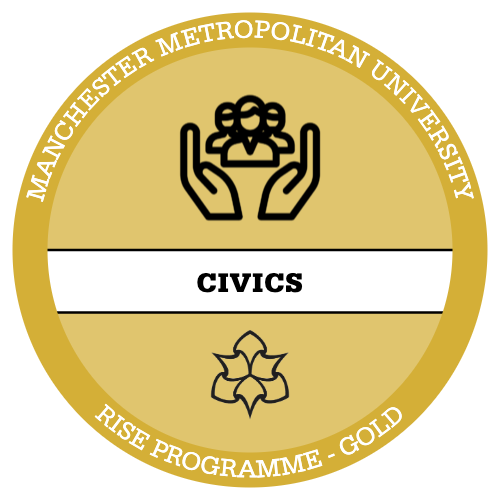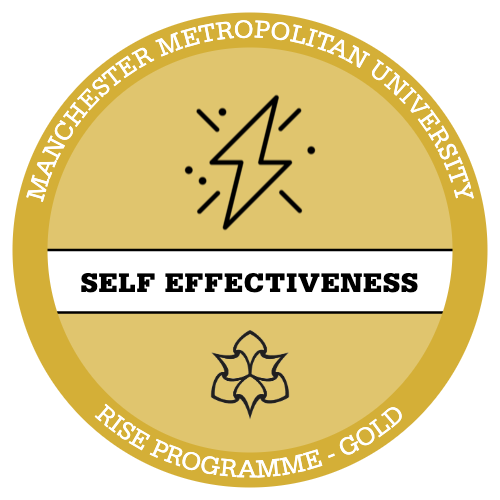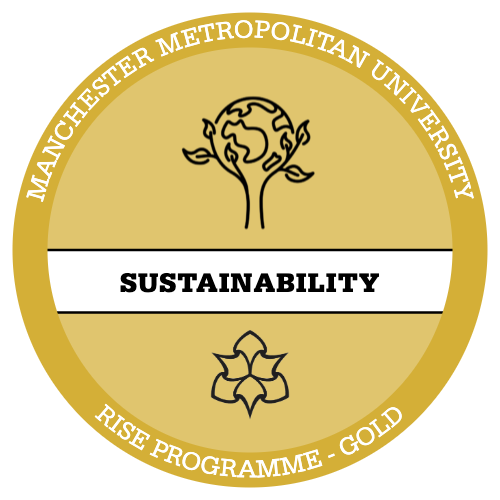Considering how we might build a circular economy highlights the necessity of using systems thinking to create a more sustainable future. System thinking is an approach that considers all the parts of a system, how they interact, and how small changes may lead to changes in the entire system over time. Thinking about sustainability this way means acknowledging that changing one part of our way of living will have knock-on effects. Both positive and negative! Have a go at some systems thinking by considering the concept of a circular economy and the UN SDGs. Start with the most direct link to the SDGs with Goal 12: Ensure sustainable consumption and production patterns……


….. then think about all the systems that go into creating things we produce and consume. How could implementing a circular economy contribute to achieving the UN SDGs? Fill in the network below with actions and goals that link the various UN SDGs to the concept of a circular economy. Think of a positive impact of creating a circular economy and add it to a connector within the network. Identify an SDG this outcome will contribute to and add it to a circle. How will this outcome have a knock-on effect? Think about this and connect your goal to another goal with another outcome.
An example is provided to get you started – By creating a circular economy we will reduce plastic waste, contributing to SDG 12. This will reduce the plastic waste in the oceans and protect marine life from plastic pollution contributing to SDG 14. Feel free to add more circles and connectors!







